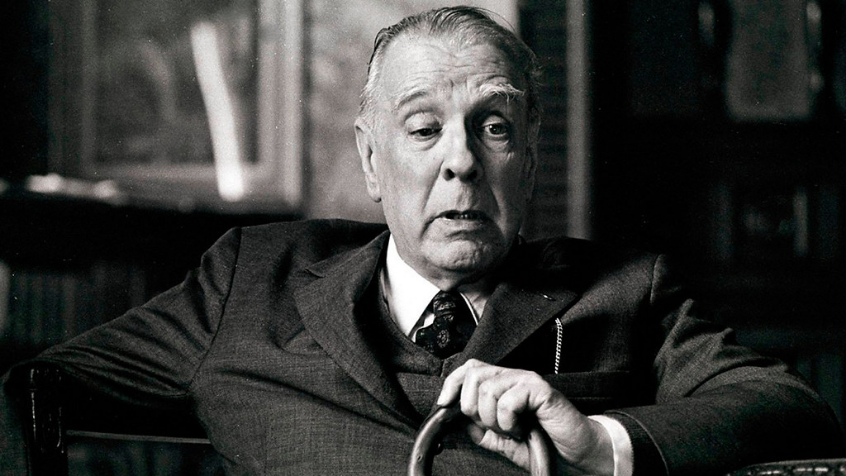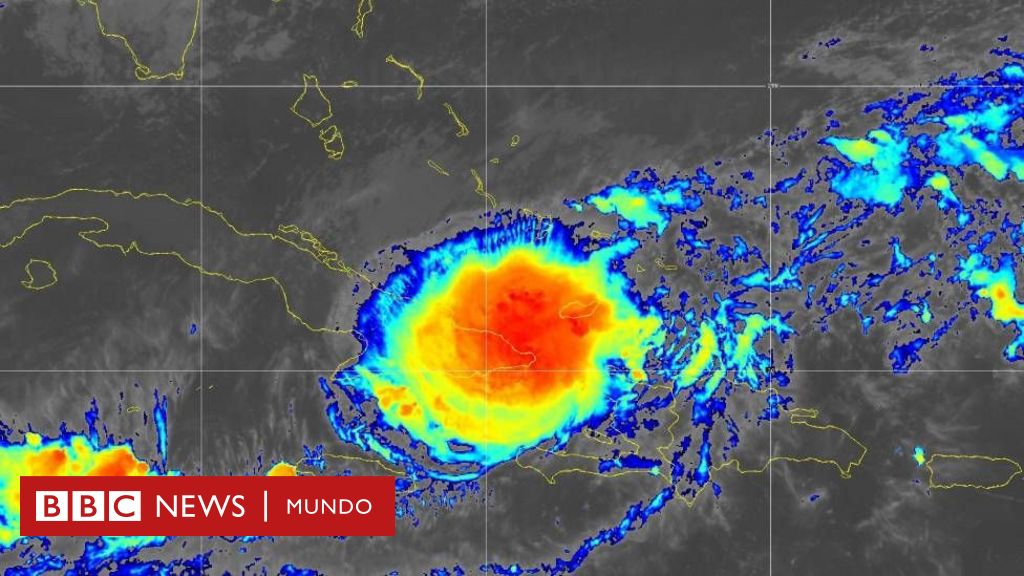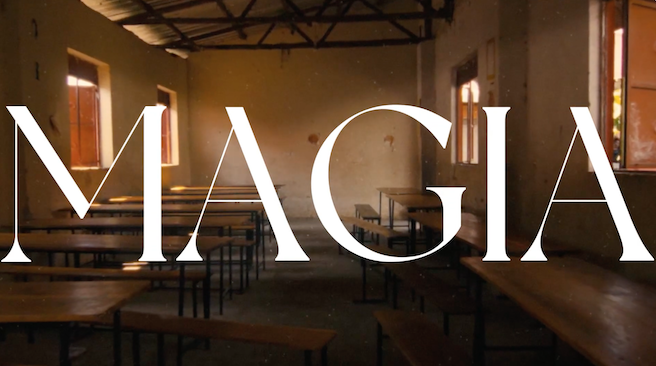Jorge Luis Borges: Literature and Science

Can literature serve as a resource for the dissemination of science? Can science help enhance a taste for literature? These are the questions that this brief contribution attempts to answer, as a reflection from the intersections between literature and science is proposed based on the work of Jorge Luis Borges.
Conventionally, speaking in these terms refers to an attempt to reconcile two seemingly opposing alternatives. It is believed, for example, that while a writer builds fictional worlds out of his sensibility and imagination, the scientist, for his part, is responsible for deciphering the real world through the use of reason and scientific evidence.
This opposition, on which is based the so-called debate between the two cultures, that is, between the disciplines that make up the humanities and the natural sciences, is still the main obstacle to the dialogue between this knowledge, even when it is history. Filled with examples where literature and science intersect, coexist and inspire each other.
From Mary Shelley’s Frankenstein, Arthur Conan Doyle’s Sherlock Holmes, and Aldous Huxley’s Happy New World, through the works of Jules Verne and Ray Bradbury, to some of the most representative novels of the works of Latin American authors such as Argentine Jorge Luis Borges and novels such as In Search of Klingsor by Mexican writer Jorge Volpi , the fact is that the relationship between these domains has been enduring and, at times, complementary.
Not only has science influenced literature, but it has also contributed to the development of science, and has predicted developments in this field on many occasions. Scholars such as Herbert G. Wells, Arthur C. Clarke, Isaac Asimov and Carl Sagan, for example, have found in literature the possibility of exploring the limits of science in their time, while recognizing its potential as a resource for the dissemination of this. Knowledge. Others, as in the case of scholars and writers Ernesto Sabato and Nicanor Parra, have succeeded in producing literary works of such value that they have recorded them in history as two of the great defenders of Latin American letters.
In this way, the evidence seems to show that, rather than conflicting, literature and science constitute two ways, albeit with different procedures, for exploring and understanding the world. As Rogaux (2020) notes: “Science and imagination tend to overlap to the point of presenting some literary developments as scientific prophecies. The truth is that the same imagination that creates art, literature, and religion that creates science.” (p. 65) In the same sense, he adds: “Great literary works are nothing but a profound insight into reality and great scientific progress redefines the limits of imagination. And in this creative interaction they complement each other and meet.” (p. 9)
Jorge Luis Borges, the writer most cited by scholars, offers a great opportunity to use literature as an excuse, worth expressing, to talk about science and vice versa. His case corresponds to that of a writer who, without being a scientist, managed to create narratives based on ideas from modern mathematics and physics, which in some cases foresaw approaches that would later be developed in theories such as quantum mechanics, for example.
But how much did Borges know about science? His readings of the British philosopher, mathematician and writer Bertrand Russell, as well as the German mathematician Georg Cantor, made him interested in logical paradoxes and mathematical infinities (Martínez, 2006). Regarding physics, he himself claimed, he knew almost nothing. Nevertheless, Borges was an avid reader, interested in multiple subjects and had great imagination and intelligence, as evidenced by all of his works. This led him to propose hybrid texts full of overlapping references and games that invoke writers, philosophers, and scholars alike. His texts have been approached from multiple viewpoints, most recently an interest in mathematics and physics lessons found in some of his most representative texts.
In his book Borges y la mathematica (2006), for example, Argentine mathematician and writer Guillermo Martínez addresses in detail the presence of this issue in many stories and articles. In his analysis he found great lessons in logic, probability, statistics, and combinatorial theory, as well as smaller lessons in geometry, the fourth dimension, and mathematical language in general.
The theme emerges in stories such as “El Aleph” (El Aleph, 1949), “La Biblioteca de Babel” (Ficciones, 1944), “La muerte y la compajula” (Ficciones, 1944), “El disco” (The Square Book, 1975), “Argumentum Ornithologicum” (Maker, 1960); and in articles such as “The Tortoise’s Avatar” (discussion, 1932), “The Enduring Race of Achilles and the Tortoise” (discussion, 1932), “The Analytical Language of John Wilkins” (The Other Inquisition, 1952), “The Doctrine of Cycles” (History of Immortality, 1936), ” Pascal’s field “(The Other Inquisition, 1952), just to mention some of the most important ones.
Martínez also lists just over 180 quotations referring to mathematical ideas or concepts, which relate to some of the bourgeois obsessions that appear in all of his work such as time, infinity, the universe, God, language, and others.[1]
For his part, Argentine musician and physicist Alberto Rojo became famous for his style in Borges’ works from his association with quantum physics. His contributions on the subject are numerous, the most important of which is Borges’ book and quantum physics, originally published in 2013. In this he focuses his attention on such stories as “The Garden of Forked Paths” (Ficciones, 1944), “The Other” (The Sand Book, 1975), “The Miracle” Secrecy ”(fairy tales, 1944),“ The Thousand ”(The Thousand, 1949), among others. Rogo emphasizes the fact that Borges was able to predict the theory of parallel universes in which quantum mechanics multiplies, considering that the first work on the topic was not known until 1957, when Hoge Everett III published his thesis The formulation of the relativistic state in quantum mechanics. .
In The Garden of Divergent Paths, Borges proposes “a temporary labyrinth, in which each time one encounters several alternatives, instead of choosing one and canceling another, one chooses – at the same time – for all. In this way, you create a different future, different times, which multiply and branch out. also “. (Red, 2020, p.13) Quantum mechanics theory describes the behavior of the microscopic world, where particles can be in several places at the same time and exist only as a possibility of transition to a specific state through detection. Along with relativity, it is one of the most revolutionary theories of the twentieth century, and it was Borges who first imagined the outlines of this scientific fact from literature.
In addition to this topic, Rogo’s text is complemented by a series of contributions relating to relativity, time travel and teleportation, to name a few, through which the author has been able to communicate in a simple, but without loss of depth, some of the most important approaches to modern physics.
Finally, the latest contribution corresponds to Borges’ book, Big Data and I (2020) by Argentinean economist Walter Sosa Escudero. His work shows that Borges’ work does not exhaust his possibilities in dialogue with other disciplines. In this case, modern statistics, also known as big data (data science), is a gateway to addressing some of the characteristics of this revolution of big data and algorithms from the literature. Stories such as “Funes el Memorioso” (Imagination, 1944), “Emma Zunz” (El Aleph, 1949), “The Accuracy of Science” (The Maker, 1960) and articles such as “The Analytical Language of John Wilkins” (leading The Other Inquisition, 1952) To represent statistical concepts such as sample, mean, probability, correlation, etc., as well as to understand the operation of some algorithms involved in machine learning and translation.
As in previous works, Sosa Escudero’s text achieves an approach from a new hermeneutic framework that enriches the Burganian universe without neglecting its aesthetic value, thus making another contribution that promotes the dissemination of scientific topics and the reading of his work.
In a context such as Costa Rica, where there is a fairly general lack of interest in reading, and where a large part of the audience shows little knowledge about science, reading the works of Jorge Luis Borges can become an experience to enhance students’ learning and attitude about both types of knowledge. Recently, for example, the Eighth Education Report (2021), in its chapter on reading literacy, warned of the problem facing the Costa Rican education system due to low performance in this area. This situation puts the very survival of many students at risk, especially those who live in conditions of greater vulnerability.
The report reiterates that reading is a critical factor for doing well in other subjects, and how, given the low scores obtained on PISA tests and the curricular impact caused by the 2019 teachers’ strike and the COVID-19 pandemic, greater efforts must be made to promote this competition.
For its part, the Survey on Social Perception of Science and Technology in Costa Rica (2020) shows how Costa Ricans not only possess superficial knowledge of science, but also show divergence from it in their daily lives. They say that they are ready to receive information and recognize the importance of the country’s scientific development, but note the lack of media presence on these issues. As a result, Costa Ricans are uninformed and susceptible to subjective opinions, easy to influence and little based on scientific evidence.
Although they may seem like two different problems, the truth is that if one thing is clear in the Eighth Education Report (2021), it is that reading competence has a critical impact on learning mathematics and science. In other words, they are not opposing domains, but complementary domains. Hence, endeavoring to make efforts to promote more favorable attitudes towards these subjects is necessary to contribute to the improvement of the quality of education in the country.
The work of Jorge Luis Borges, in this sense, constitutes an opportunity to reinforce the convergence of these two intrinsic manifestations of human nature and thus shows that, just as literature can be a form of knowledge, science can also be an aesthetic experience.
References:
Martinez, c. (2006). Borges and Mathematics. Six Paral.
Ministry of Science, Technology and Communications (MICITT). (2020). Social Perception of Science and Technology in Costa Rica, 2020. MICITT.
State of the Nation Program (2021). Eighth State of Education 2021. Chapter Three. Enhancing reading skills: an urgent challenge to improve student learning in the coming years. Conary among.
Rogo, A.; (2020). Borges and quantum physics. Second Edition. Reprint 1. XXI Century Publishers.
Sosa Escudero, W (2020). Borges, Big Data and I. Twenty-first century publishers.
[1] For a list of mathematics-related topics in the work of Jorge Luis Borges, refer to Guillermo Martínez’s website at http://guillermomartinezweb.blogspot.com/2001/01/temas-de-matematica-en-la-obra-de-borges.html
__________________________________________________________________________________
The opinions expressed herein do not represent the position of the Communications and Marketing Office and/or the Technology Office of Costa Rica (TEC).

“Award-winning zombie scholar. Music practitioner. Food expert. Troublemaker.”


/cloudfront-eu-central-1.images.arcpublishing.com/prisa/AHVYMMDSTZDTDBFNZ3LMFUOKNE.jpg)








